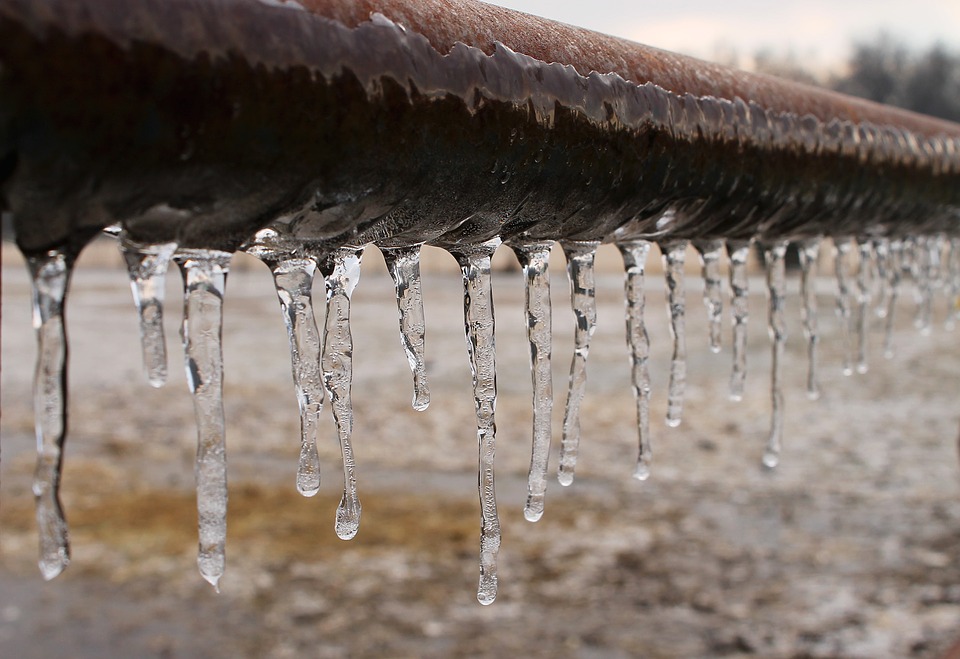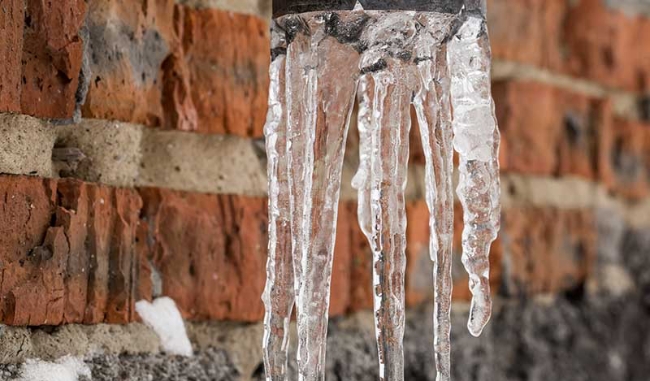Ways to Safeguard Plumbing System from Cold Weather: Essential Tips
Ways to Safeguard Plumbing System from Cold Weather: Essential Tips
Blog Article
Presented here down the page you will discover a good deal of high-quality facts regarding Prevent Frozen Pipes .

Cold weather can wreak havoc on your pipes, specifically by freezing pipelines. Right here's how to avoid it from taking place and what to do if it does.
Intro
As temperatures drop, the risk of frozen pipelines rises, possibly causing expensive repair work and water damages. Understanding exactly how to prevent icy pipelines is critical for property owners in cool climates.
Comprehending Icy Pipelines
What causes pipes to freeze?
Pipelines freeze when revealed to temperature levels below 32 ° F (0 ° C) for prolonged periods. As water inside the pipes freezes, it expands, putting pressure on the pipe walls and potentially triggering them to break.
Threats and damages
Frozen pipes can bring about supply of water interruptions, building damage, and costly repairs. Burst pipelines can flood homes and cause extensive structural damages.
Indicators of Frozen Pipeline
Recognizing icy pipes early can avoid them from breaking.
How to recognize frozen pipes
Try to find lowered water flow from faucets, uncommon odors or sounds from pipelines, and noticeable frost on subjected pipes.
Prevention Tips
Insulating vulnerable pipelines
Wrap pipes in insulation sleeves or make use of warmth tape to safeguard them from freezing temperatures. Concentrate on pipelines in unheated or exterior locations of the home.
Heating strategies
Keep indoor areas effectively warmed, especially locations with pipes. Open up cupboard doors to allow cozy air to flow around pipes under sinks.
Securing Outside Plumbing
Garden tubes and outside taps
Detach and drain pipes yard pipes prior to winter season. Mount frost-proof faucets or cover outside faucets with insulated caps.
What to Do If Your Pipes Freeze
Immediate actions to take
If you suspect frozen pipelines, keep faucets open up to alleviate pressure as the ice thaws. Utilize a hairdryer or towels taken in hot water to thaw pipes slowly.
Long-Term Solutions
Architectural changes
Take into consideration rerouting pipes far from exterior walls or unheated locations. Add extra insulation to attics, basements, and crawl spaces.
Upgrading insulation
Invest in high-quality insulation for pipelines, attic rooms, and walls. Appropriate insulation helps keep regular temperatures and reduces the risk of icy pipes.
Final thought
Preventing icy pipelines needs positive actions and quick responses. By recognizing the reasons, indicators, and preventive measures, home owners can safeguard their plumbing during cold weather.
5 Ways to Prevent Frozen Pipes
Drain Outdoor Faucets and Disconnect Hoses
First, close the shut-off valve that controls the flow of water in the pipe to your outdoor faucet. Then, head outside to disconnect and drain your hose and open the outdoor faucet to allow the water to completely drain out of the line. Turn off the faucet when done. Finally, head back to the shut-off valve and drain the remaining water inside the pipe into a bucket or container. Additionally, if you have a home irrigation system, you should consider hiring an expert to clear the system of water each year.
Insulate Pipes
One of the best and most cost-effective methods for preventing frozen water pipes is to wrap your pipes with insulation. This is especially important for areas in your home that aren’t exposed to heat, such as an attic. We suggest using foam sleeves, which can typically be found at your local hardware store.
Keep Heat Running at 65
Your pipes are located inside your walls, and the temperature there is much colder than the rest of the house. To prevent your pipes from freezing, The Insurance Information Institute suggests that you keep your home heated to at least 65 degrees, even when traveling. You may want to invest in smart devices that can keep an eye on the temperature in your home while you’re away.
Leave Water Dripping
Moving water — even a small trickle — can prevent ice from forming inside your pipes. When freezing temps are imminent, start a drip of water from all faucets that serve exposed pipes. Leaving a few faucets running will also help relieve pressure inside the pipes and help prevent a rupture if the water inside freezes.
Open Cupboard Doors
Warm your kitchen and bathroom pipes by opening cupboards and vanities. You should also leave your interior doors ajar to help warm air circulate evenly throughout your home.

Do you like more info about Preventing and dealing with frozen pipes? Leave a short review down the page. We'd be happy to see your insights about this blog. In hopes to see you back again before long. Appreciated our blog posting? Please share it. Let another person discover it. Thank you for going through it.
Click Here Report this page